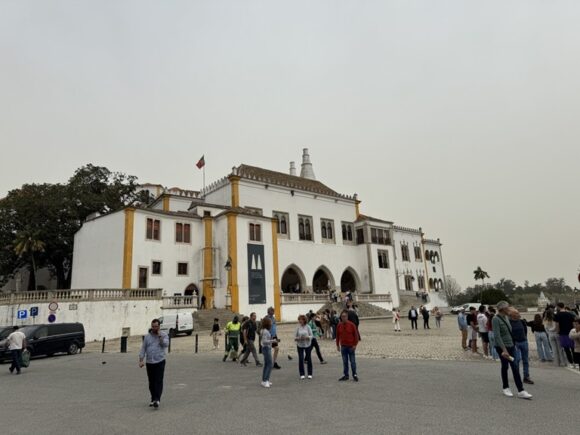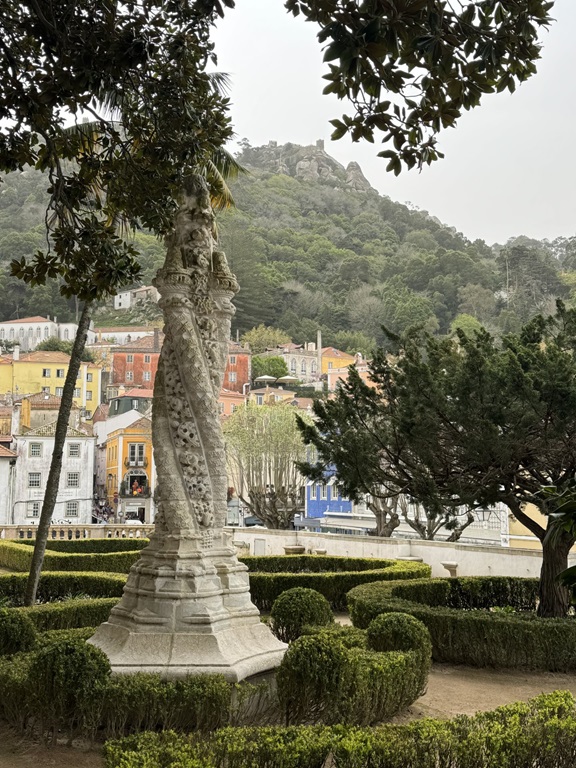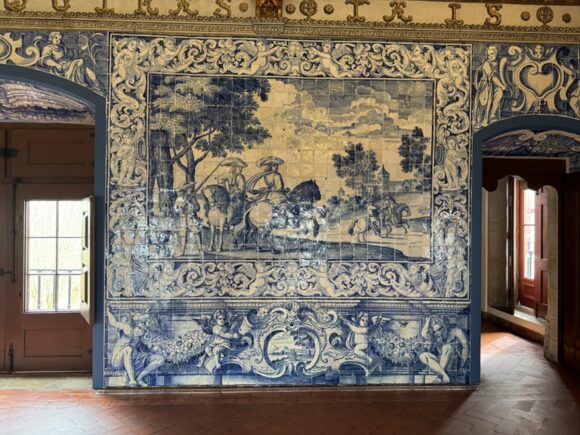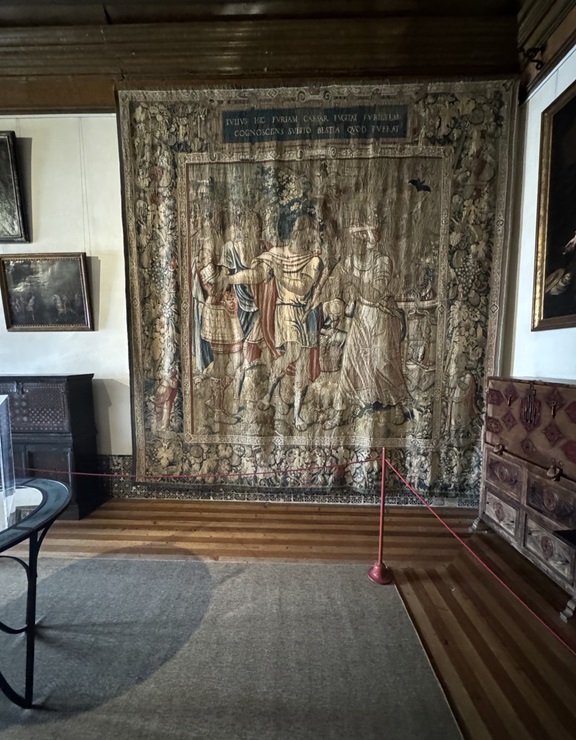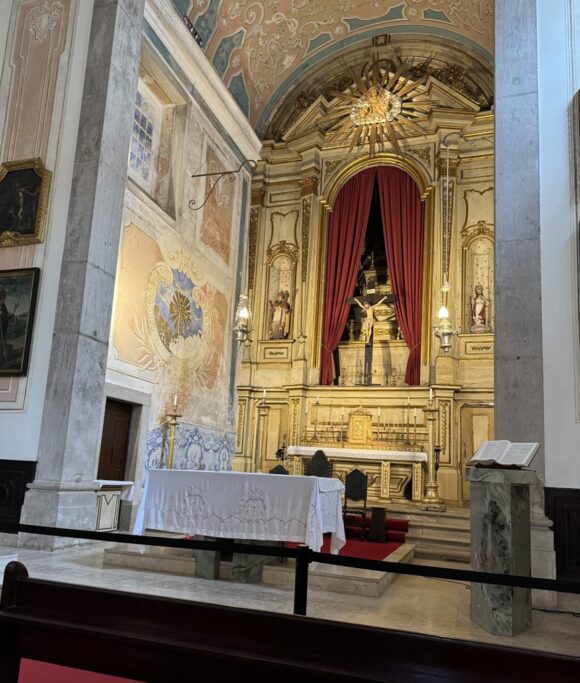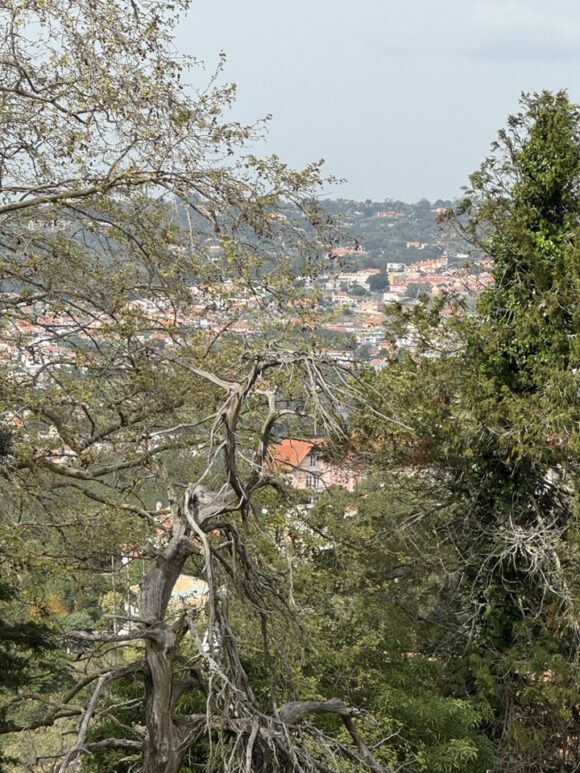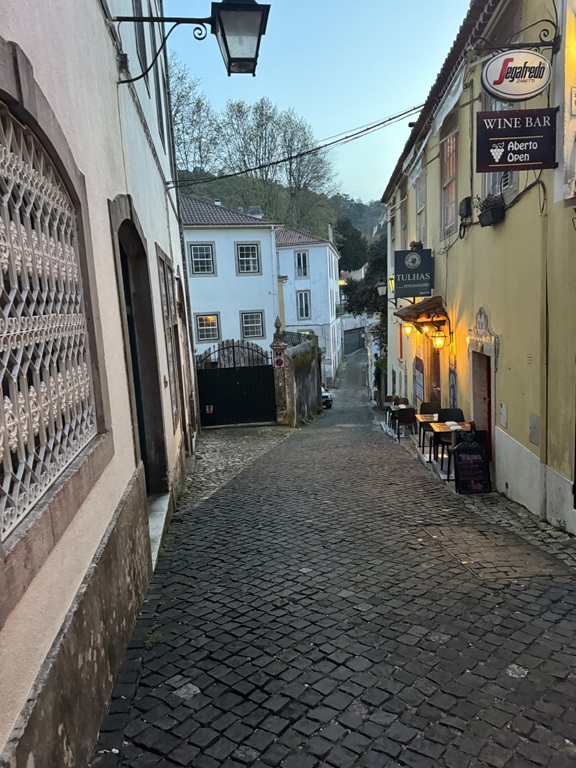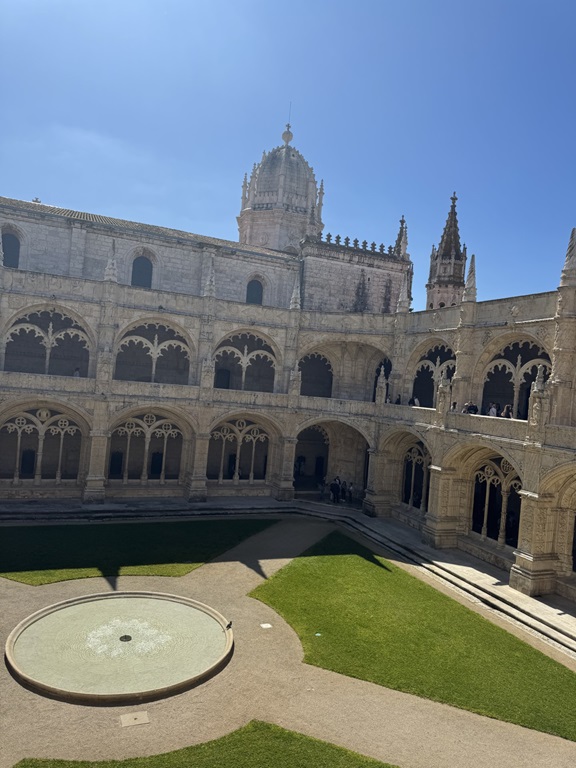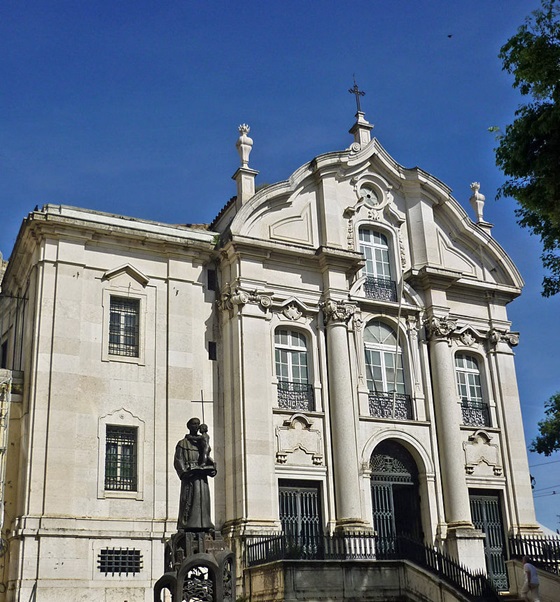 Church of St. Anthony of Lisbon
Church of St. Anthony of Lisbon
Dear Commons Community,
We returned to Lisbon last evening after two days in Sintra.
Today we spent the late morning and early afternoon visiting two churches.
The first was St. Anthony of Lisbon. It is named after Fernando de Bulhões (better known as Saint Anthony of Padua) who was born in Lisbon, in 1195, the son of a wealthy family. In 1220, while studying in Coimbra, he entered the Franciscan Order, adopting the name António. His missionary travels would lead him to Italy, where he settled in Padua. Due to his immense popularity, he was canonized less than a year after his death, in 1232.
The site of the family house where Fernando was born and located very close to Lisbon Cathedral, was turned into a small chapel in the 15th century. This early building, of which nothing remains, was rebuilt in the early 16th century, during the reign of King Manuel I. In 1730, under King John V, the church was again rebuilt and redecorated. In the 1755 Lisbon earthquake, the Santo António Church was destroyed, with only the main chapel left standing. It was rebuilt for the third time after 1767 to a Baroque–Rococo design by architect Mateus Vicente de Oliveira. This is the church that can be visited today. In an area under the church is a room where the original chapel stood. The church has an impressive statue of St. Francis of Assisi, who is normally depicted in a pleasant manner and usually with animals, is depicted here with with a full beard and cross.
 Main Altar of St. Anthony of Lisbon Church
Main Altar of St. Anthony of Lisbon Church
 A room under the main church depicting the site of St. Anthony’s birth
A room under the main church depicting the site of St. Anthony’s birth
 Sign showing that Pope John Paul II knelt before the room dedicated to St. Anthony
Sign showing that Pope John Paul II knelt before the room dedicated to St. Anthony
The Lisbon Cathedral or the Cathedral of Santa Maria Maior was built in 1147 and is the oldest church in the city. Over the centuries, the cathedral has been rebuilt, renovated and restored several times, resulting in a mix of different architectural styles including Romanesque, Gothic and Baroque. The inside of the Cathedral is lined on both sides with smaller altars dedicated to saints of the Catholic Church.
We finished our day at dinner at one of the oldest restaurants in Lisbon, the Martinho da Arcada, established in 1782.
Tony
 Lisbon Cathedral or the Cathedral of Santa Maria Maior
Lisbon Cathedral or the Cathedral of Santa Maria Maior
 Lisbon Cathedral Main Altar Area
Lisbon Cathedral Main Altar Area





